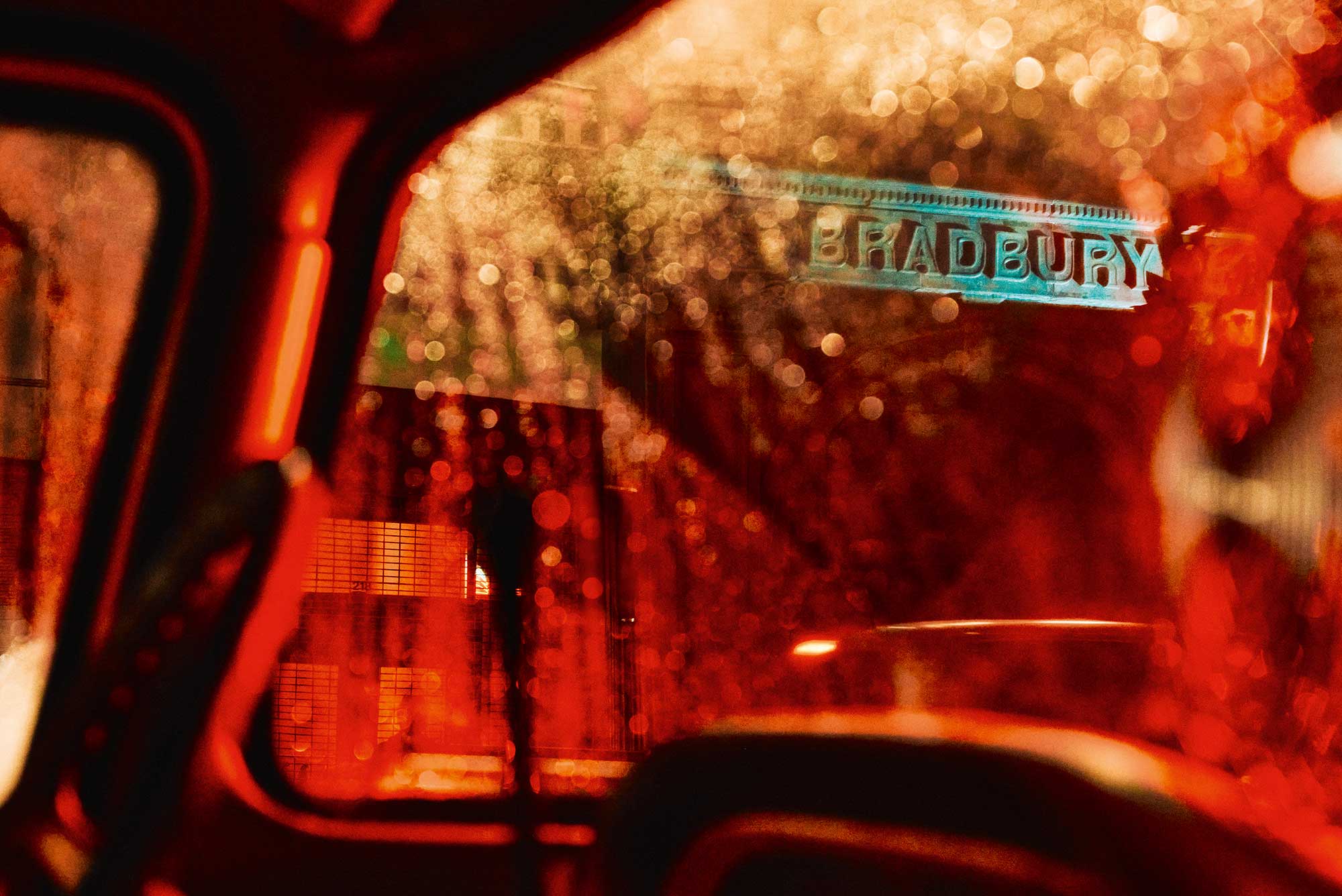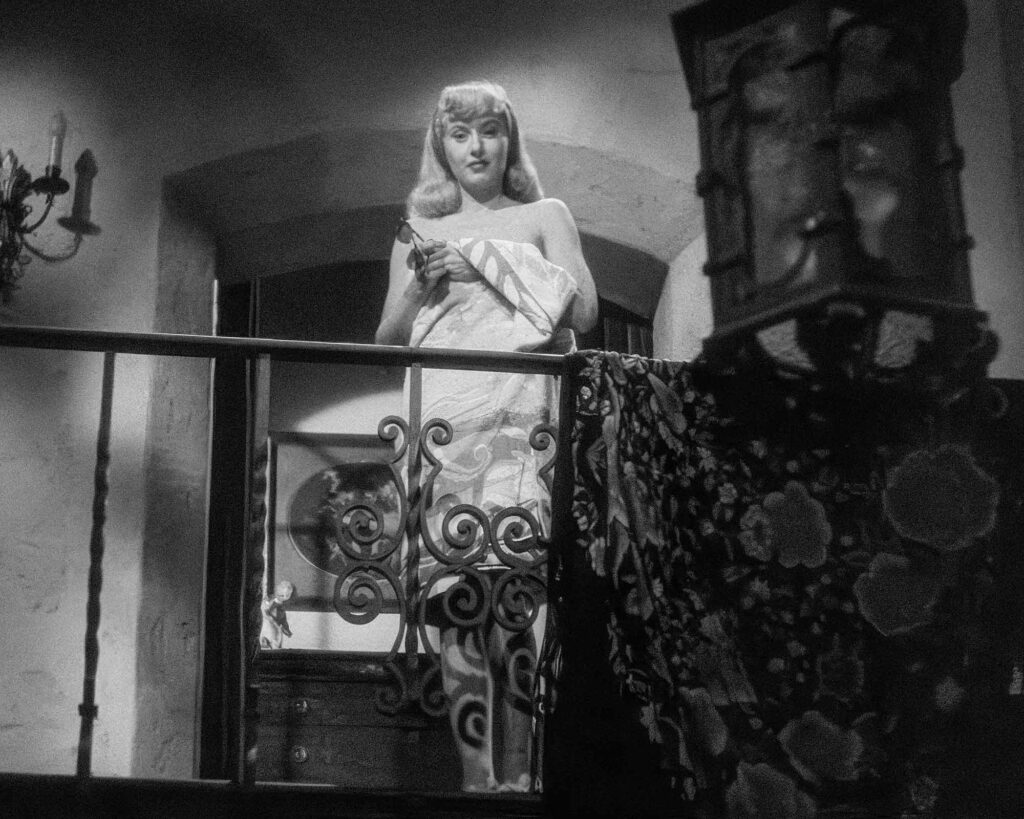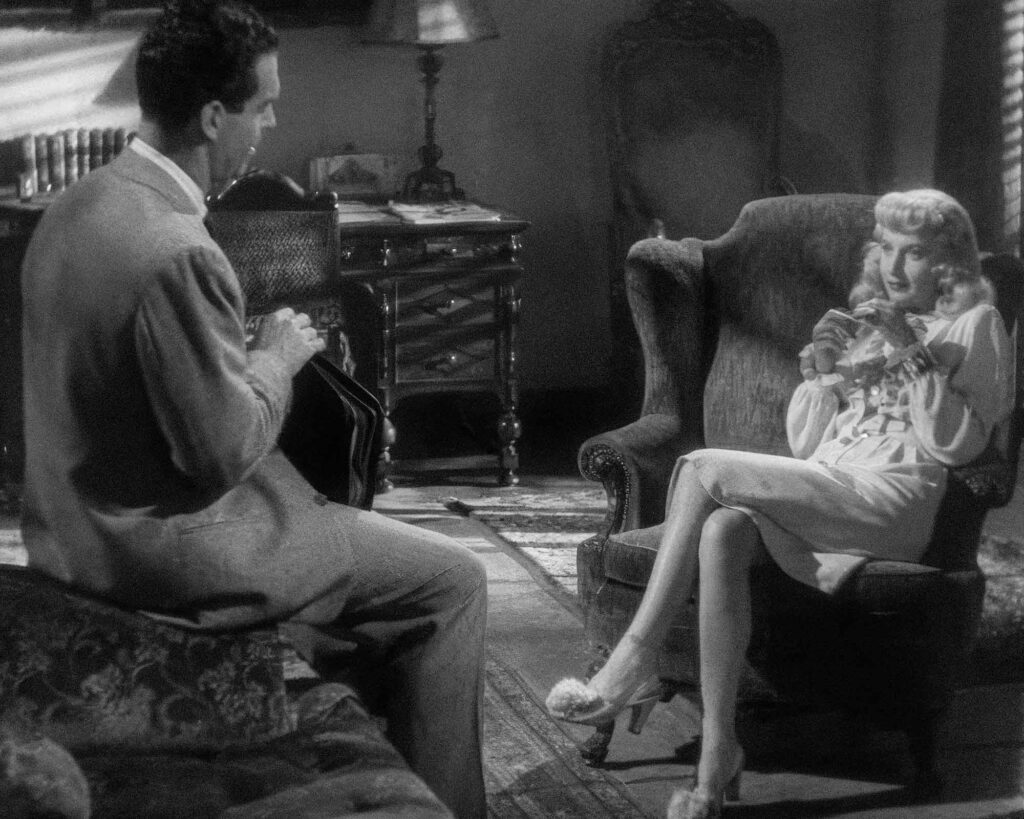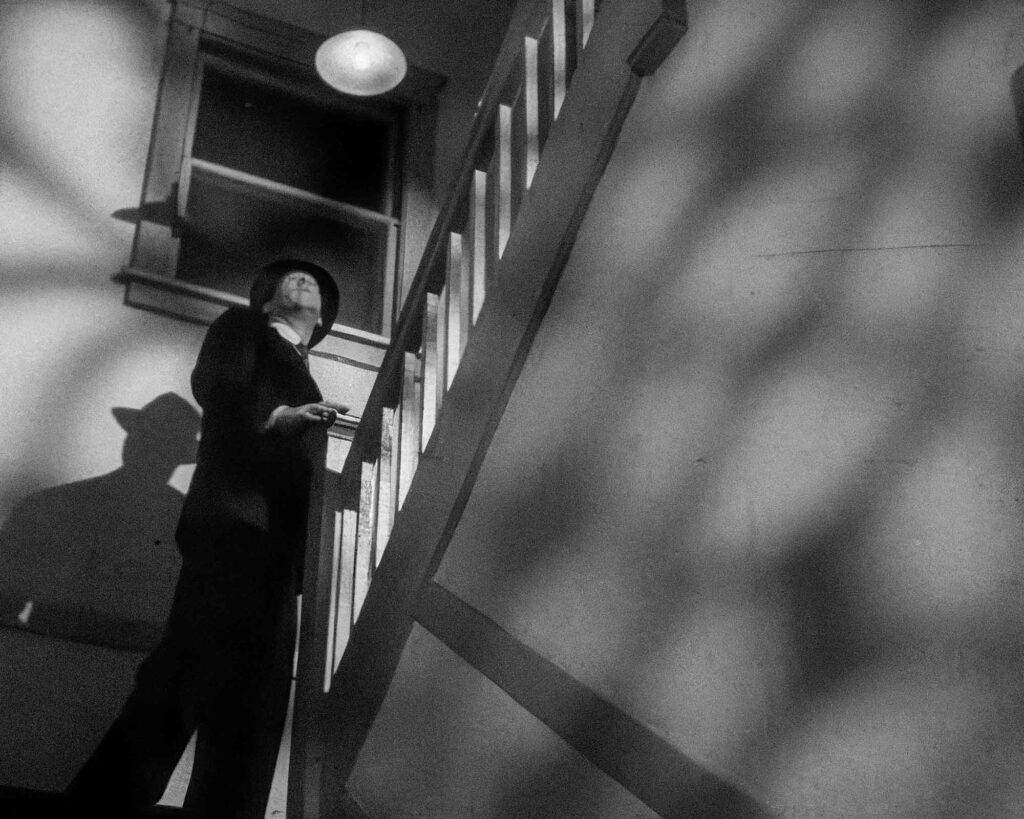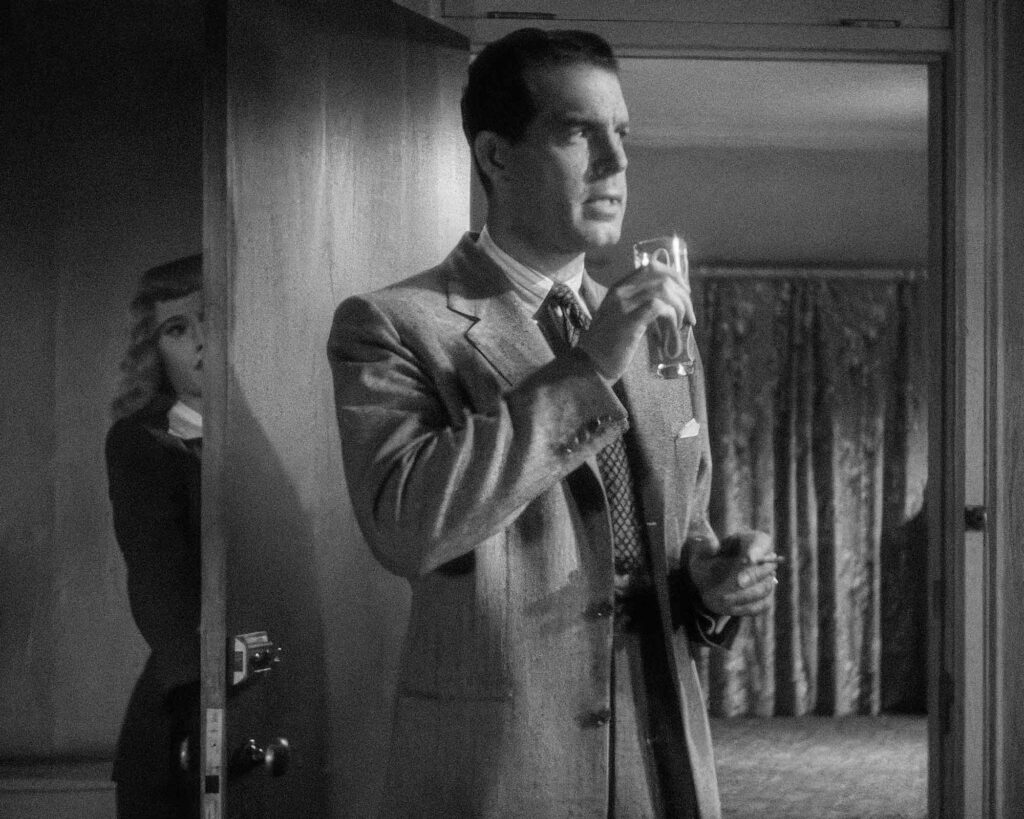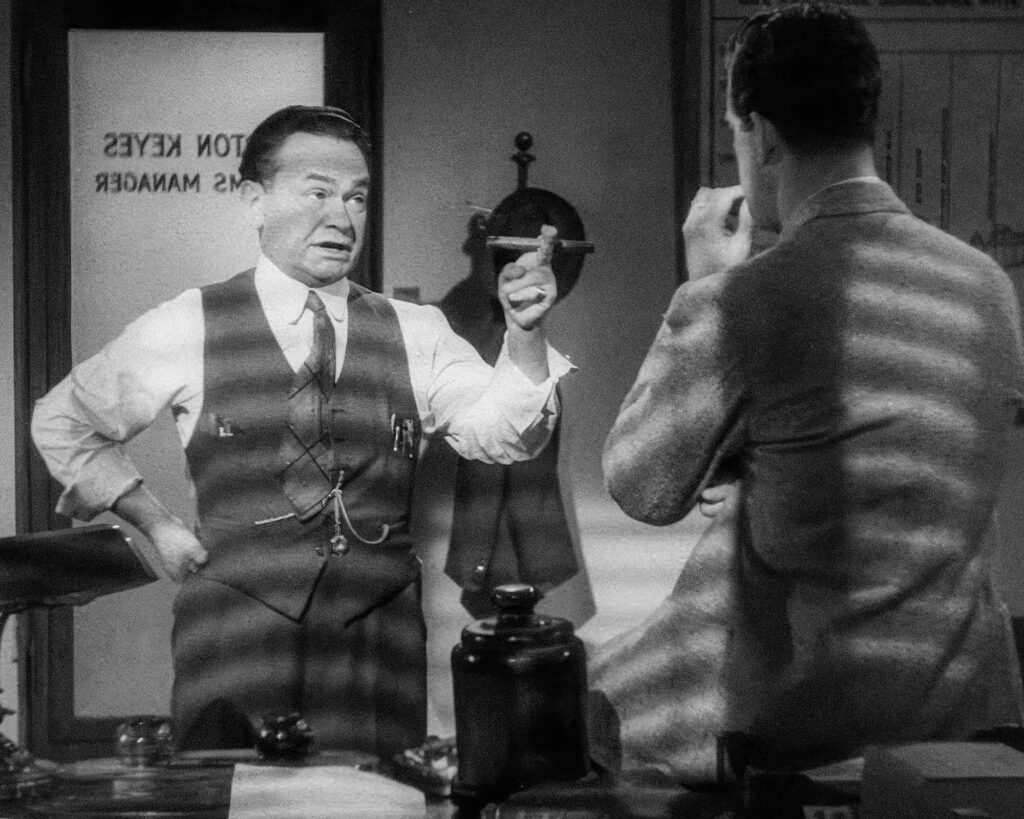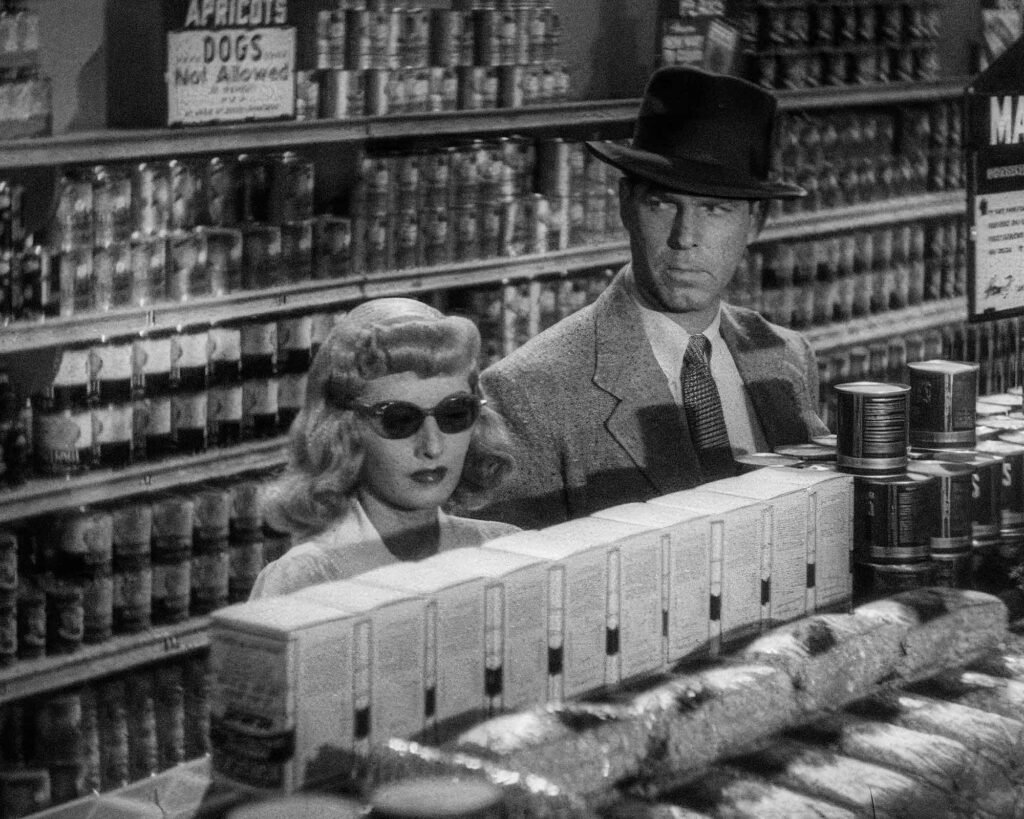Photographs by MARK READ
Words by JANE CROWTHER
Created for work but famed for film flights of fancy, Hollywood Authentic celebrates downtown LA’s Bradbury Building, a storied location fit for a Blade Runner.
When Victorian millionaire Lewis Bradbury decided to build an office for him to commute to, he didn’t want to travel far. His lavish 50-room mansion on Bunker Hill in Downtown LA looked over real estate on 3rd Street, and Bradbury bought land to create a magnificent office block a 10-minute walk from his front door. (From 1901, he might have used the Angel’s Flight funicular railway to glide up and down the hill.) He died in 1892, just months before the build was completed, so he never saw the finished magnificence of the ornate wrought-iron railings and birdcage elevators, soaring skylights and gorgeous tilework that make this La-La landmark a regular stop for gawking walking tours and ensure it is now a part of cinematic history.
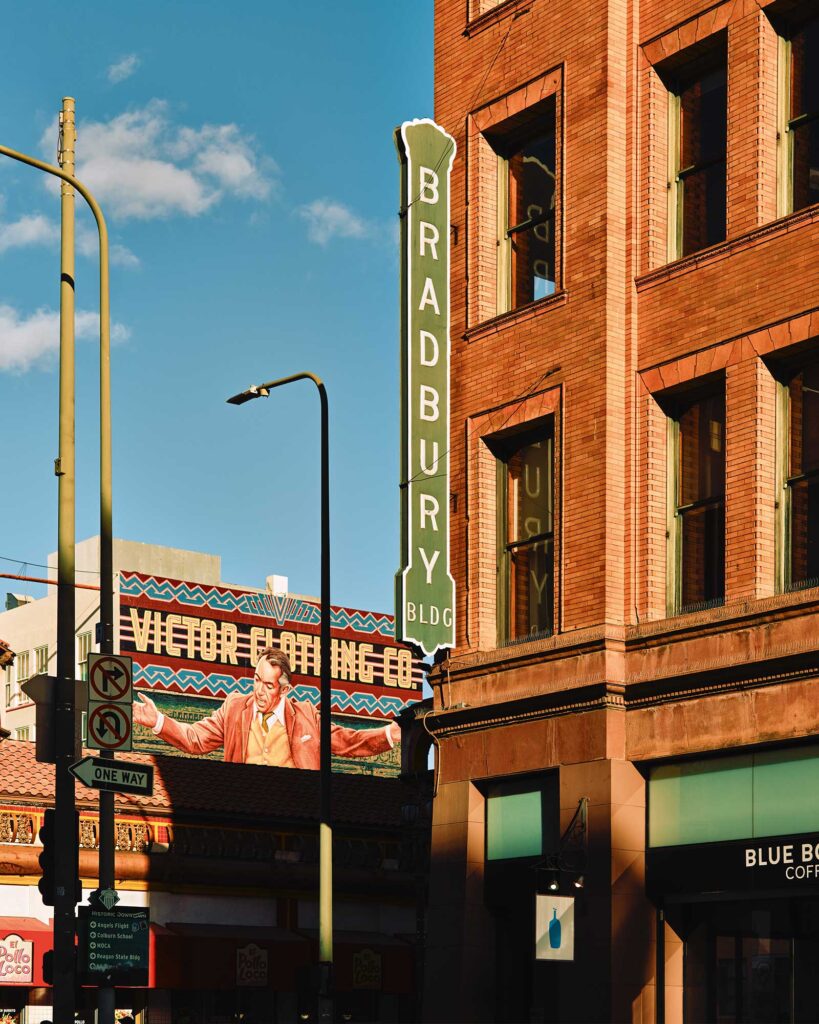
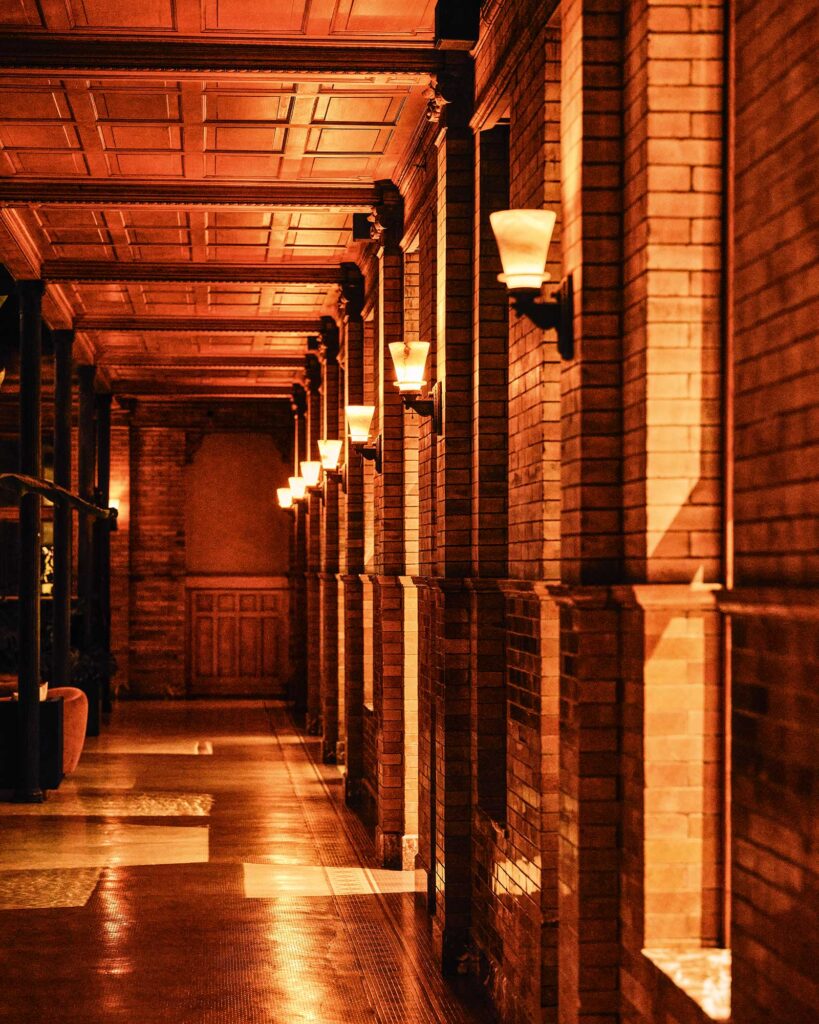
Bradbury wanted to exhibit the wealth he had amassed from gold and silver mining and, after a false start with an architect he lost faith in, he commissioned a young draftsman, George Wyman, to design his monument. Wyman, for his part, was unsure of taking on such a huge project as a first gig, but took the job despite his inexperience after he consulted his dead brother via Ouija board. The fledgling architect had his eye on the future when he conceived the building – taking inspiration from an 1888 time travel sci-fi novel by Edward Bellamy. In Looking Backward, the year 2000 was envisaged as a Socialist Utopian society where buildings were high rises with glass roofs. In Wyman’s futuristic interpretation, he designed a huge glass atrium under which wrought-iron railings hung like vegetation, and marble staircases and detailed elevators transported workers up and down the five floors – run on a counterweighted water system that came from a natural spring discovered under the site during construction. (They were later converted to hydraulic power.)
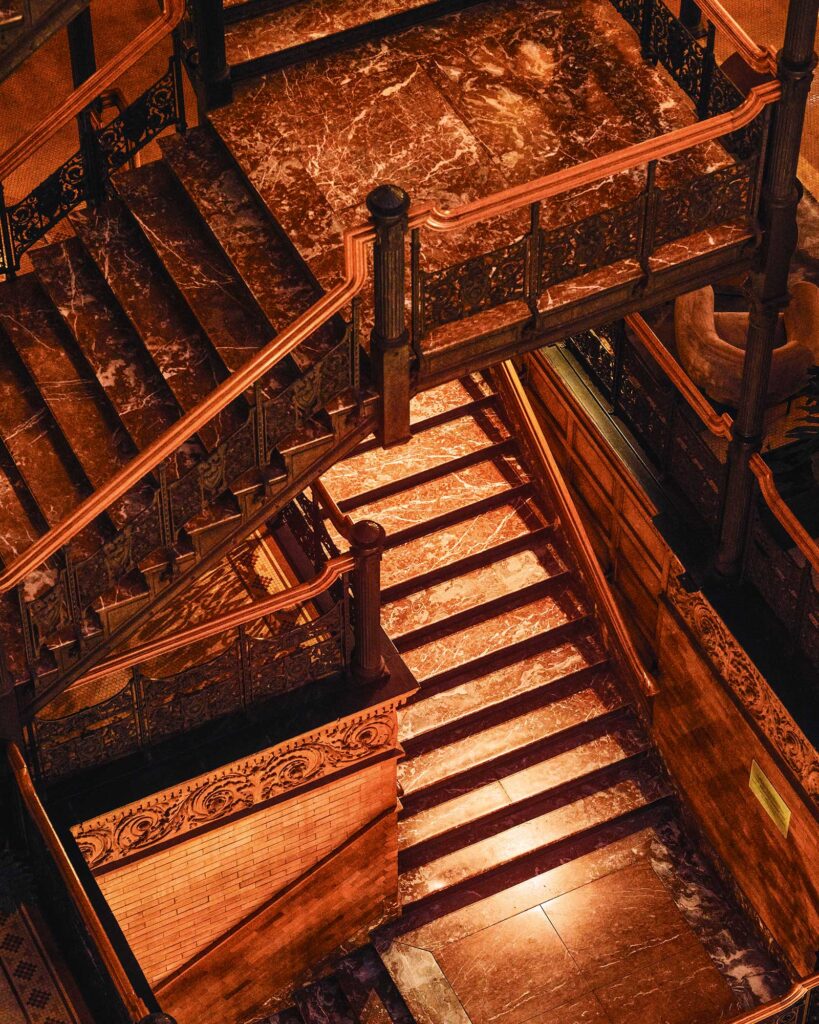
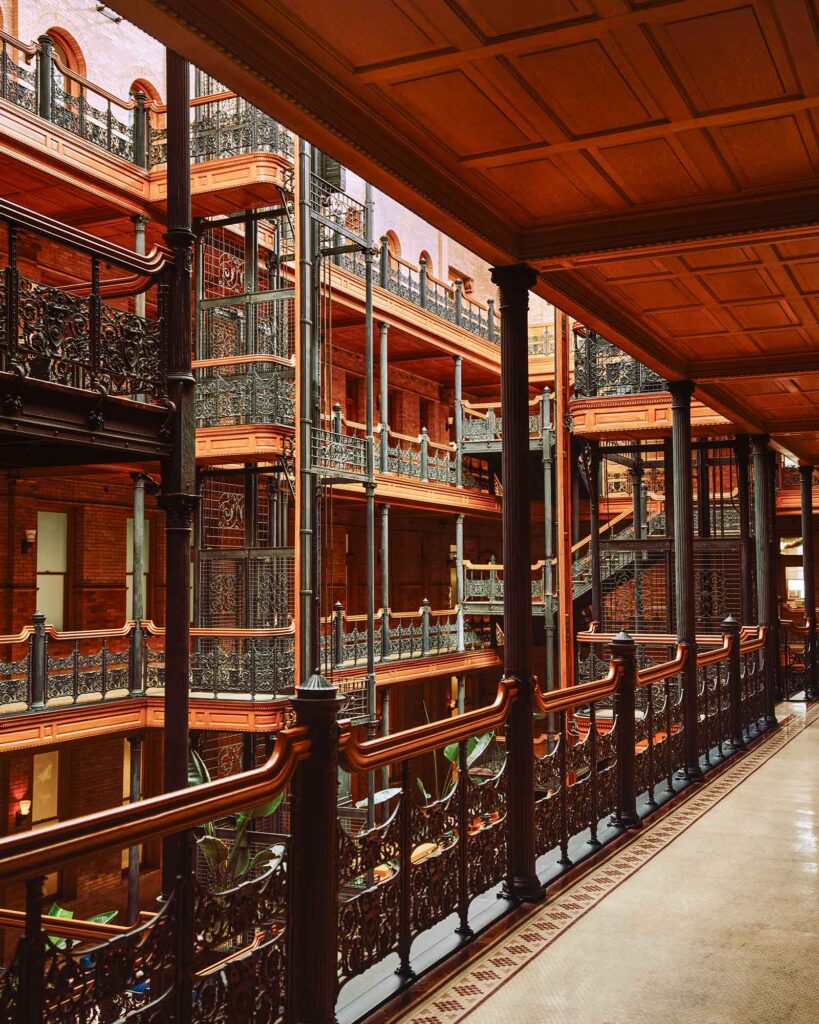
During its construction, Wyman imported Italian marble, Mexican tiles and French wrought iron (which was shown at the Chicago World’s Fair as new-fangled before being installed in the atrium). It cost Bradbury half a million dollars – a huge amount even for a millionaire who liked to flash his cash – and opened in 1893 to tenants such as Bradbury’s own legal team. It has maintained its use as a commercial building since then, one of the oldest in LA – though it had a period during the Prohibition era when a speakeasy was run out of the basement with booze distributed via a network of tunnels. It’s now the only commercial office building in Los Angeles to be designated as a National Historic Landmark. And though it has had a recent period-sympathetic restoration courtesy of the ownership team, Downtown Properties (who also look after The Hollywood Roosevelt Hotel), now boasting a co-working office, gallery space and a buzzy members-only bar; the lure of many visiting the building is the chance to walk in the rain-drenched footsteps of replicant hunter, Deckard.

Blade Runner, Ridley Scott’s trailblazing 1982 neo-noir sci-fi, was shot here when the production was looking for a location to play the home of replicant godfather, Tyrell, who LAPD’s Rick Deckard (Harrison Ford) pays a visit to – only to find Daryl Hannah’s backflipping Pris and a much-quoted denouement on the roof with Rutger Hauer’s Roy Batty. Deckard peers out of his car window at the stone-carved Bradbury sign from 3rd Street, before making his way into a lobby dressed for the 21st century (2017) – an advertising blimp floating above in a neon sky, casting light into the darkness of the distinct balconies and elevator shafts. Scott’s cyberpunk vibe nodded to Old Hollywood, and the Bradbury certainly matched that aesthetic – not only in its looming shadows but the fact that noirs such as 1944’s Double Indemnity, 1949’s D.O.A. and 1951’s M had also used the place as a location. Later, the building would be Jack Nicholson’s offices in Wolf, and the workspace of Joseph Gordon-Levitt’s romantic greetings card writer in 500 Days of Summer. In The Artist, Jean Dujardin’s silent era star passes Bérénice Bejo’s ingenue on the recognisable stairs, representing the trajectory of their characters’ careers as he walks down and she skips up. And Janet Jackson’s Rhythm Nation music video also used the dry-ice swirled elevators and plant room. The Bradbury is also a literary inspiration: it’s the stand-in for the Belmont in Raymond Chandler’s The High Window, described by his PI Marlowe as ‘eight stories of nothing’ with a ‘dark narrow lobby… as dirty as a chicken yard’.
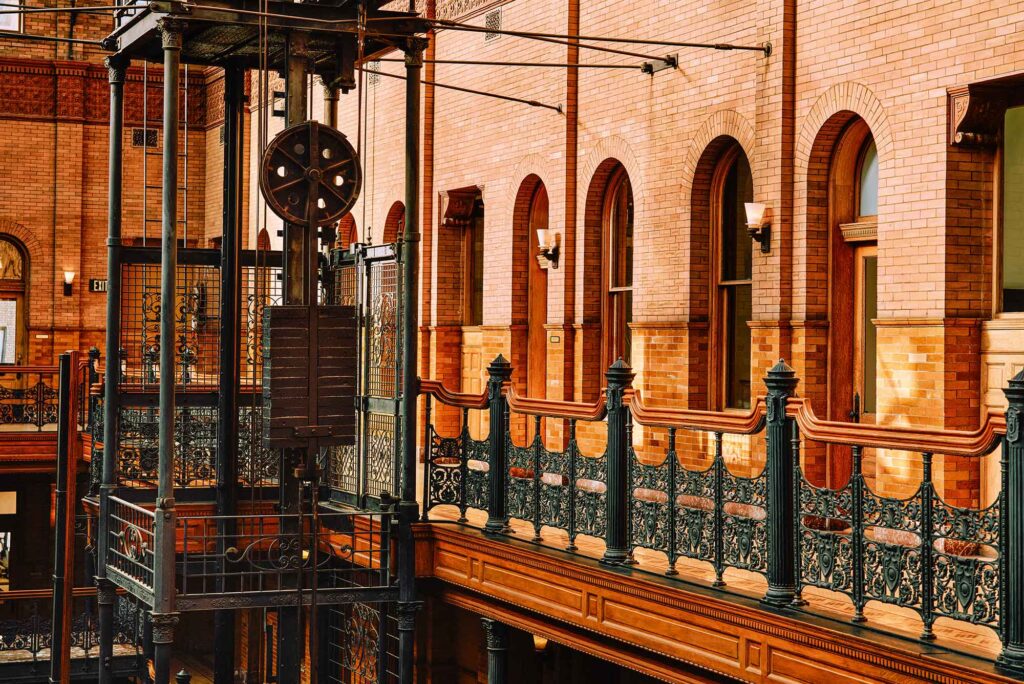
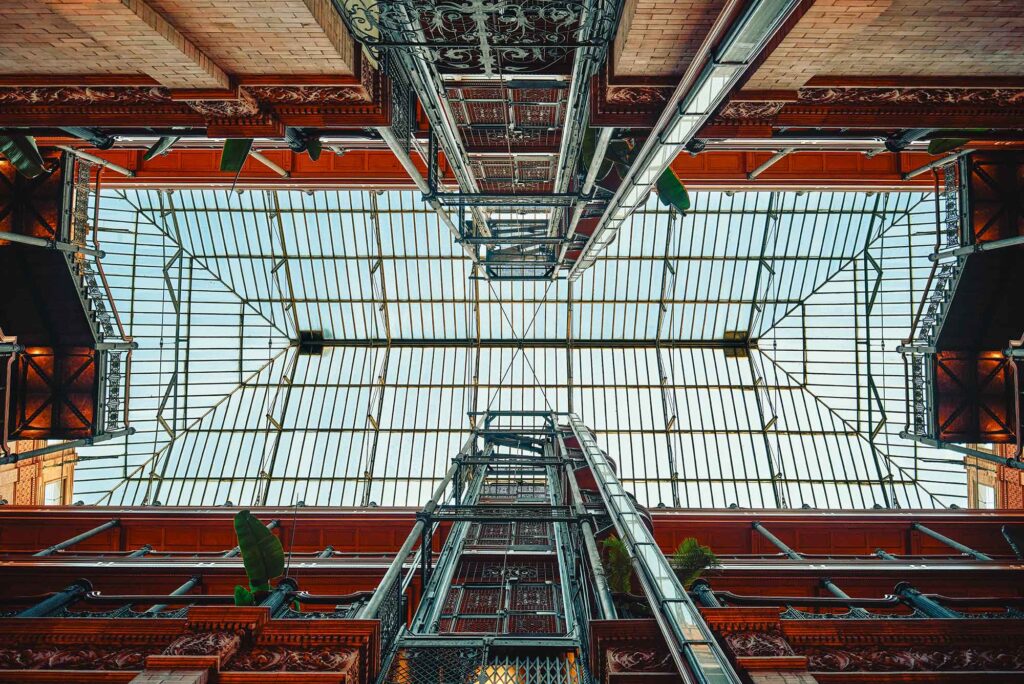
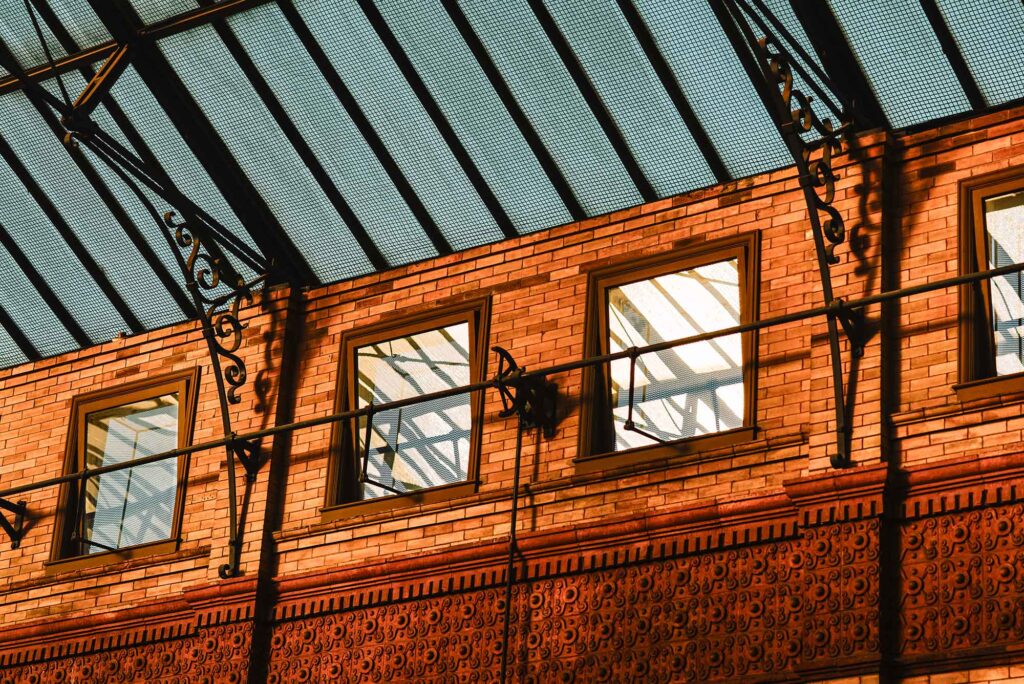
For Scott’s story, the building was set-dressed to look dilapidated, with lights rigged to track across the staircases. The nearby Grand Union train station stood in for Police HQ, while Frank Lloyd Wright’s distinctive Ennis House in Los Feliz was Deckard’s home. The use of real buildings was a deliberate choice for Scott who said ‘if the future is one you can see and touch, it makes you a little uneasier because you feel it’s just round the corner’. It worked for the celebrated author of the short story, Do Android Dream Of Electric Sheep?, on which the film is based, Philip K Dick. ‘It’s like being transported to the ultimate city of the future, with all the good things and all the bad things about it,’ he enthused after seeing Scott’s slick, neon-drenched vision for his tale in a pre-visualisation reel.
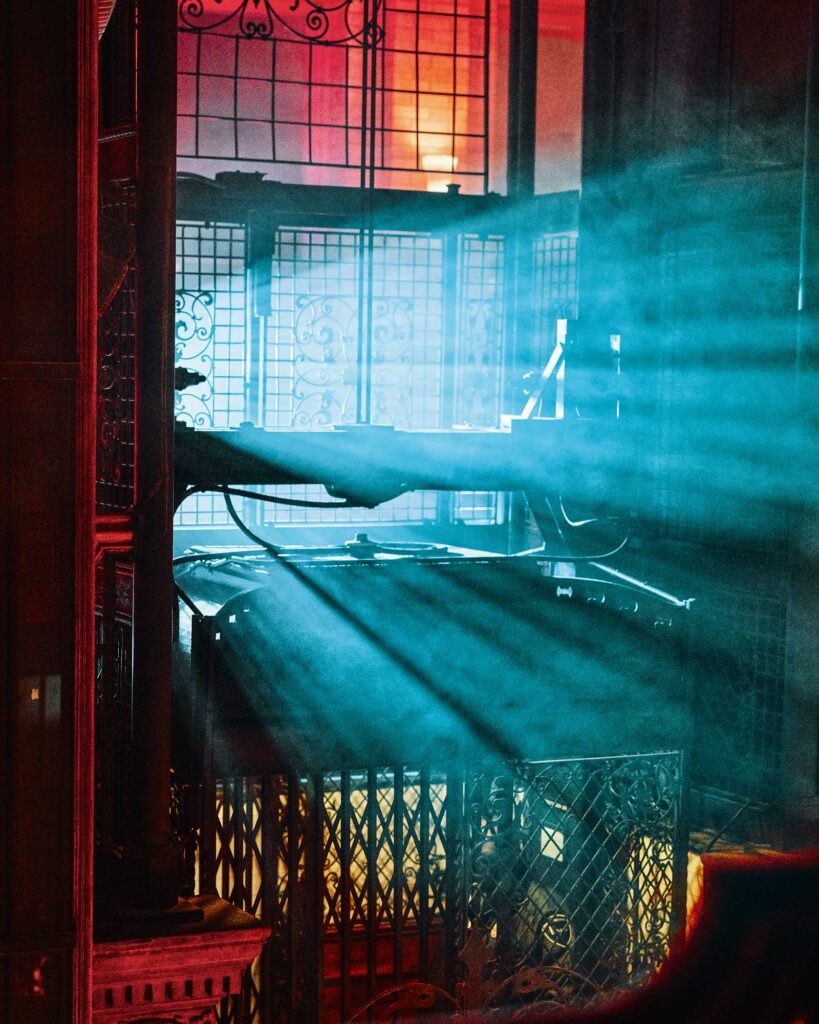
Hollywood Authentic couldn’t resist using our own theatrics during our shoot, getting permission to use smoke in the listed building to replicate a Blade Runner vibe
Though the offices above the lobby are not open to visitors (so no looking for Pris in the rooms above), the Bradbury understands the interest in its architectural and cinematic legacy. The impressive lobby is open to the public throughout the working day in the week and over lunch at the weekend when the bustling Central Market opposite is a hive of activity. Anyone can take a detour to crane their neck at the Victorian glazing overhead, the manned elevators and lacework bannisters. There is a way to earn the privilege of climbing the stairs like the LAPD’s finest Blade Runner: the work and desk spaces are available to rent and Wyman’s Bar – where a lifesized Deckard print decorates the wall – offers ‘social memberships’.
Photographs by MARK READ
Words by JANE CROWTHER
www.thebradburybuilding.com
www.neuehouse.com/wyman-bar

